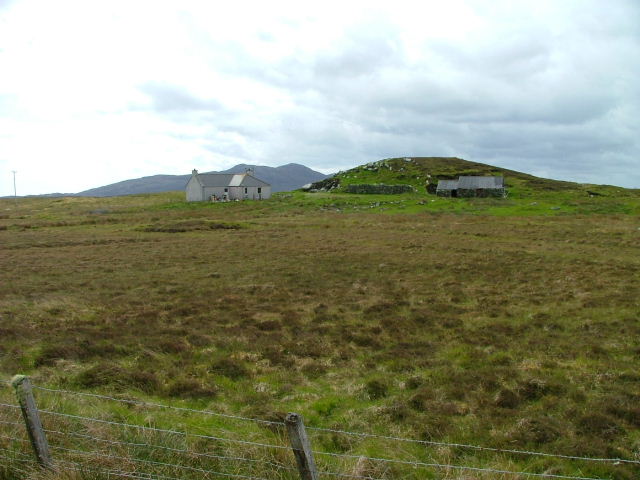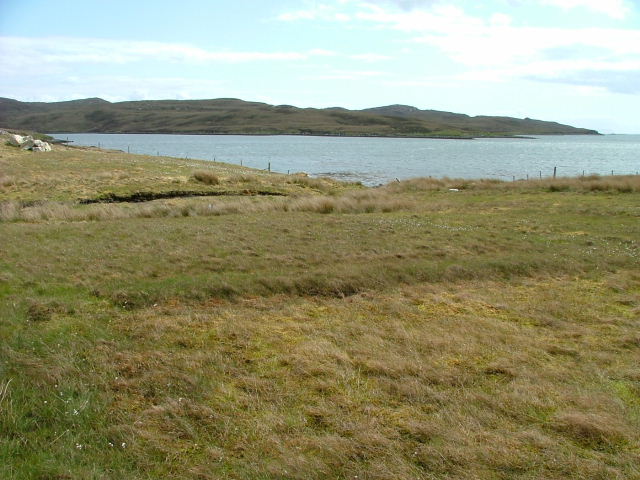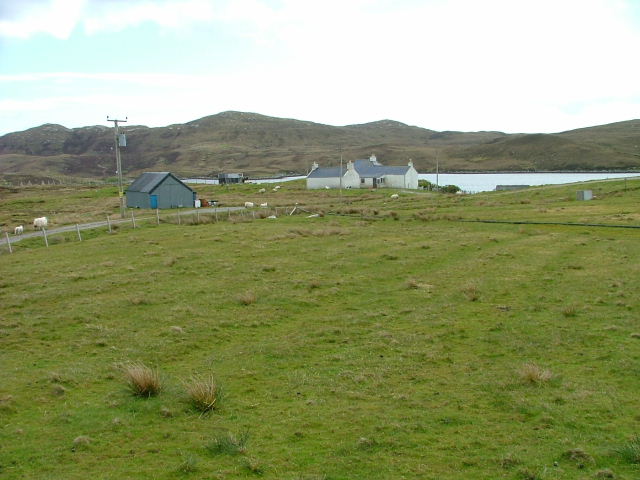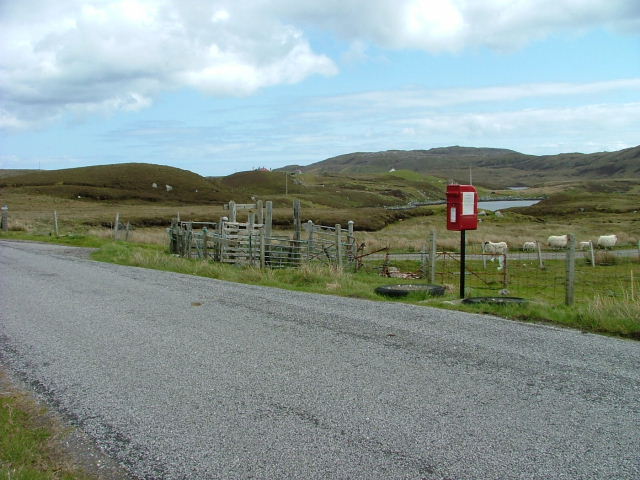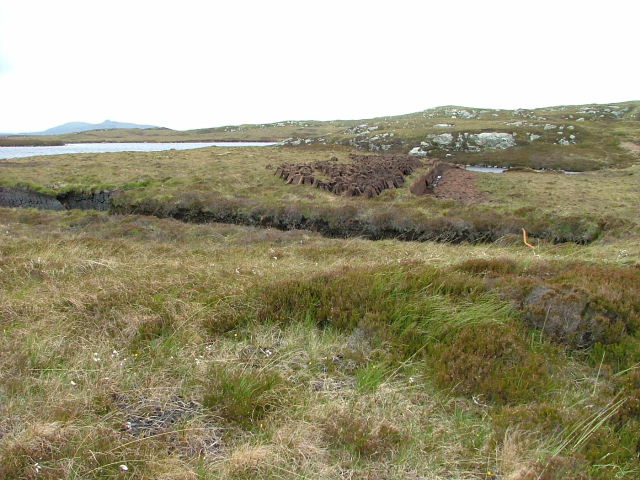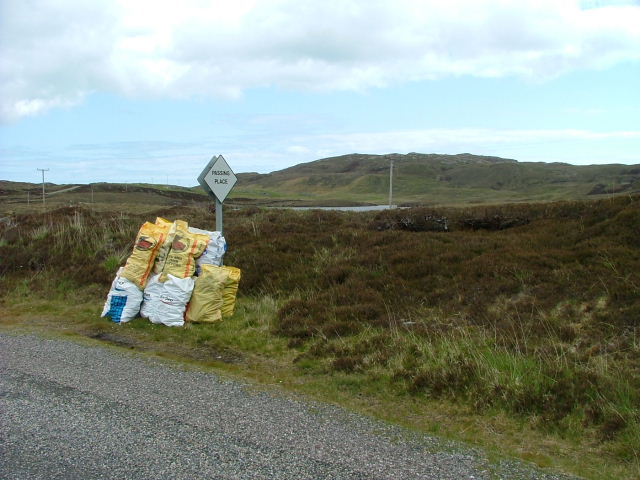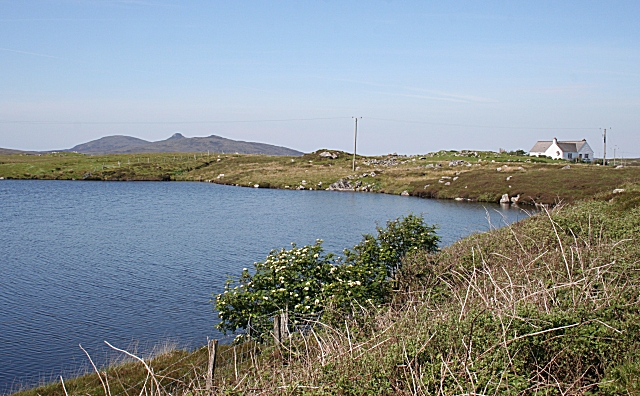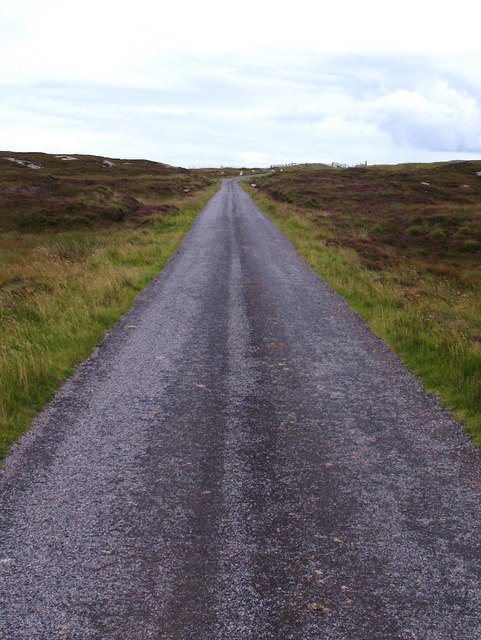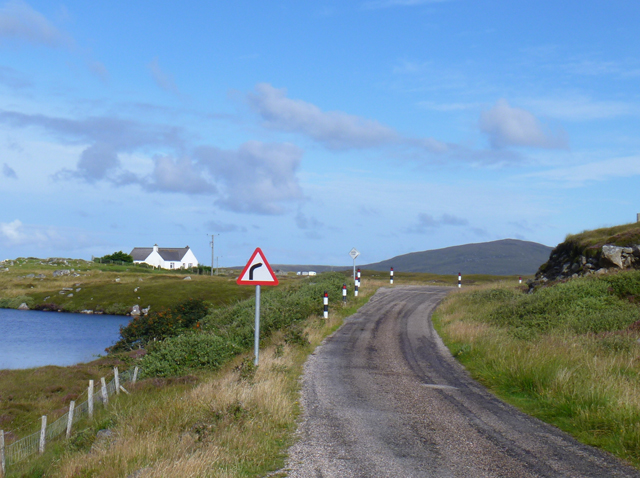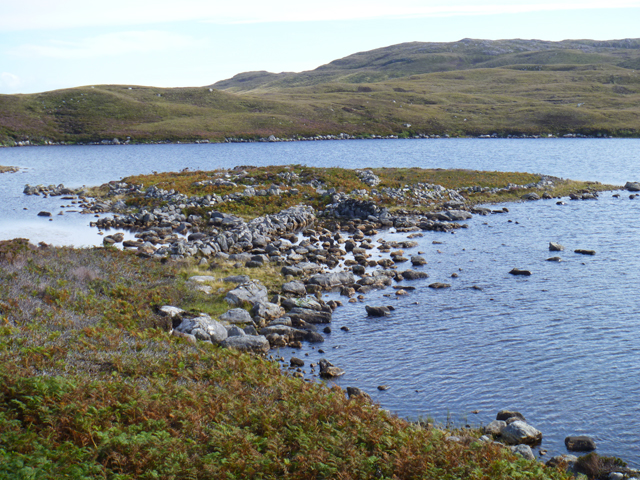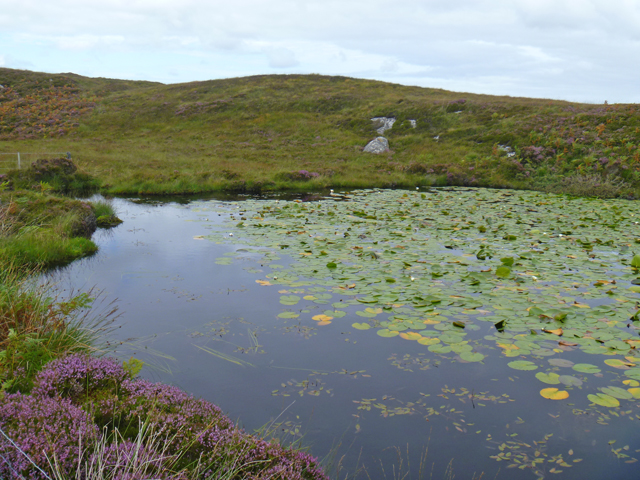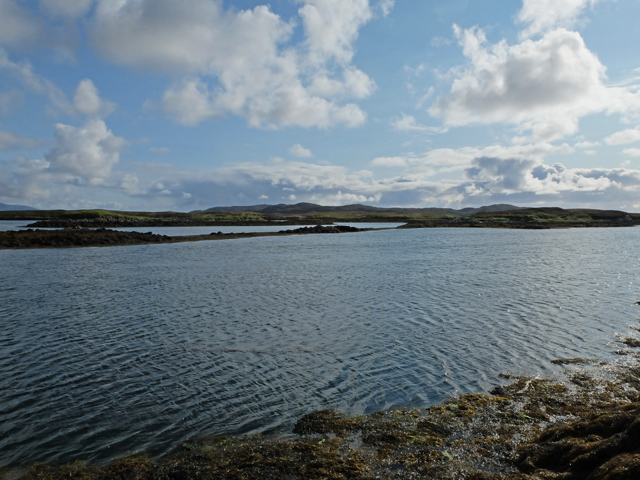Rubha nan Gall
Coastal Feature, Headland, Point in Inverness-shire
Scotland
Rubha nan Gall

Rubha nan Gall is a prominent coastal feature located in Inverness-shire, Scotland. Also known as the Point of the Strangers, it is a headland that juts out into the Atlantic Ocean, offering stunning views of the surrounding landscape.
Situated on the western coast of Scotland, Rubha nan Gall is characterized by its rugged cliffs and rocky shoreline. The headland is formed by a combination of ancient volcanic activity and erosion over millions of years, resulting in its distinctive shape and topography. The cliffs, which reach heights of up to 100 meters, provide nesting sites for a variety of seabirds such as puffins, guillemots, and razorbills.
The area surrounding Rubha nan Gall is rich in biodiversity, with a diverse range of plant and animal species. The headland is covered in heather and grasses, while the nearby waters are home to a variety of marine life, including seals and dolphins. The strong currents and tides in the area make it a popular spot for fishing and water sports.
In addition to its natural beauty, Rubha nan Gall also has historical significance. The name "Point of the Strangers" refers to the Vikings who once occupied the area. There are ancient ruins and remnants of Viking settlements scattered along the headland, adding to its cultural and archaeological value.
Overall, Rubha nan Gall is a picturesque and historically rich headland, offering visitors a chance to experience the wild beauty of the Scottish coastline and immerse themselves in its rich cultural heritage.
If you have any feedback on the listing, please let us know in the comments section below.
Rubha nan Gall Images
Images are sourced within 2km of 57.624976/-7.1262098 or Grid Reference NF9471. Thanks to Geograph Open Source API. All images are credited.
Rubha nan Gall is located at Grid Ref: NF9471 (Lat: 57.624976, Lng: -7.1262098)
Unitary Authority: Na h-Eileanan an Iar
Police Authority: Highlands and Islands
What 3 Words
///listings.haystack.dignitary. Near Lochmaddy, Na h-Eileanan Siar
Nearby Locations
Related Wikis
Ceallasaigh Beag
Ceallasaigh Beag (or Keallasay Beg) is a low-lying island in Loch Maddy off North Uist in the Outer Hebrides of Scotland. This an area of shallow lagoons...
Weavers Point
Weavers Point (Scottish Gaelic: Rubha an Fhigheadair) is a headland to the north of the entrance to Loch Maddy, on the north eastern coastline of North...
Ceallasaigh Mòr
Ceallasaigh Mòr (or Keallasay More) is a low-lying island in Loch Maddy off North Uist in the Outer Hebrides of Scotland. This an area of shallow lagoons...
Lochmaddy
Lochmaddy (Scottish Gaelic: Loch nam Madadh [l̪ˠɔx nə ˈmat̪əɣ], "Loch of the Hounds") is the administrative centre of North Uist in the Outer Hebrides...
Nearby Amenities
Located within 500m of 57.624976,-7.1262098Have you been to Rubha nan Gall?
Leave your review of Rubha nan Gall below (or comments, questions and feedback).
